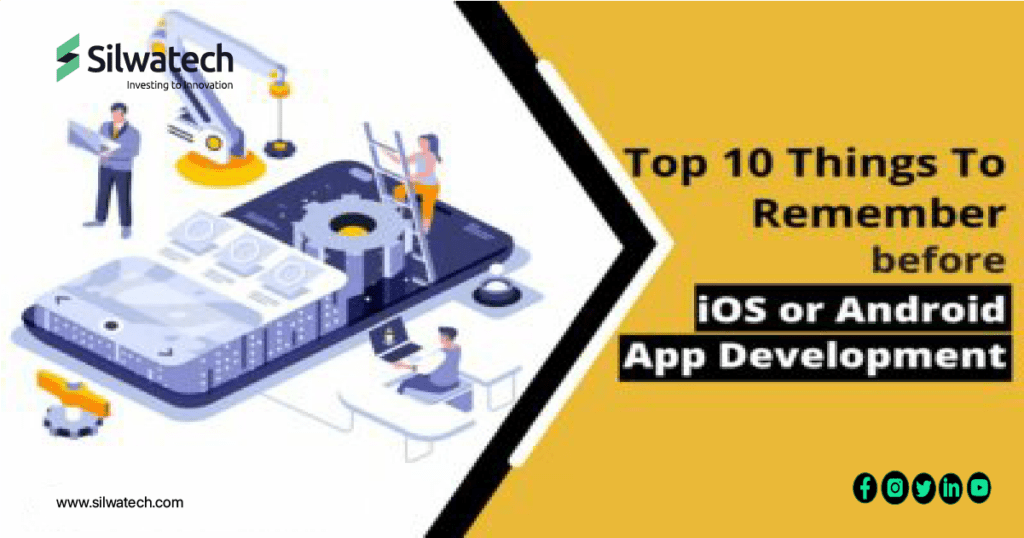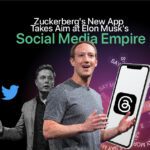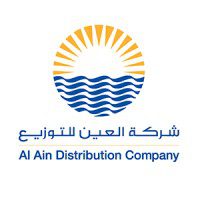The New Year is approaching, and you want to start tracking your calories. There’s an app for it! It’s Christmas, and you want to buy handmade gifts for your friends. There’s an app for it! There is an app for virtually everything you can think of. And there is an umpteen number of them too. It just keeps coming and coming.
It does make one wonder, what happens to all these apps? We do not use more than a handful of apps regularly. So there must be a large graveyard of apps somewhere where apps go to die from lack of usage and neglect.
As gloomy as the image seems, it has one question looming above. What went wrong? Every app is made with so much effort and care, but what goes wrong is that it becomes a failure.
There are a lot of factors that you need to take care of during the development phase, as well as after the development and launching. When all of these come together, you get a great app.
This article looks at some of the significant factors that you cannot overlook at any cost before you begin developing your iOS or Android app.
1. Market Fit & Knowing Your Audience.
There has to be a tremendous amount of research before you set out to develop an app. Know everything you need to do about what you are planning to do, knowing your competitors, the need for such an app and your potential user. There is no amount of knowledge about these that is too much. The more you know, the better.
Without knowing these thoroughly, you can make a massive blunder of launching an app and failing miserably. Your idea may be a genius, but it takes more than a great one. Executing it to perfection is equally essential. By the end, you should be able to answer what your app is, why it is necessary to build it, and who will use it.
2. User Interface
The user interface, or how a user interacts with your app, is vital. How does your app move from one page to the next? How does the transition from one page to the next happen? Is it sliding in or fading? Is it interesting to watch? All of this may seem like the nitty gritty details. But this has a considerable impact on the way a user interacts with the app. There has to be an aesthetic, functional and meaningful way in which the app interacts with the users. This falls under UI/UX design, where you will have to put some amount of careful consideration.
3. Outline the Core Features
The app you have visualised would be decked with all the fancy features and integrations that boost its functionality. It may add up to dozens of features. However, before you get down to the development stage, you have to strip the app down to the bare minimum of features and functionalities and then consider your core idea. This is also called the minimum viable feature or MVP. If you can say in a sentence what your idea is and the bare minimum features required to enable it, it is all you need. Doing all of it at once hinders the development process, adds additional costs, dilutes the idea and distracts the user from the core idea.
4. Colour Scheme and Appearance
The colours you choose for your app should be more than just a random selection. Depending upon the utility of your app, you should choose the colour according to colour psychology. Colour psychology is the area of study that deals with how colours impact human behaviour. This has been extensively used in mobile app development. Keeping the colour palette in sync with the soul of your app keeps your users engaged. The colour, as well as the appearance of the app, should be easy to understand and appealing to the user. Consistent use of colours will also aid your marketing and branding strategies.
5. Monetisation Strategy
What is your source of revenue? What model are you following to make your app a financial success? Most companies monetise their apps using advertisement-based business models. You can use video ads to monetize your app. In-app purchases are another popular method by which apps generate revenue. There are many more models you can choose from.
Before you pick a monetisation strategy, you need to identify its pros and cons. Also, analyze the strategies your competitors are using. You have the second comers advantage here as you need not make their mistakes and can be ahead of them if you plan smartly.
6. Responsive Design
One of the best features of a successful app is that it is responsive to different devices and orientations. You cannot simply build an app that only fits one kind of view and one screen. An app should be able to smoothly change its orientation without causing disruptions in usage. This makes for significant interaction with your app. On the contrary, an app unsuitable for different device screens and orientations will come across as poorly built, lowering the chances of your user returning.
7. The Right Platform
Now that you know what your app is, why it is necessary and who is going to use it, you have to decide where you are going to launch this app. You need to choose from Android, iOS, Windows or React Native. You can choose to have android app development or iOS app development. You can also have a hybrid development.
The platform you choose to develop your app is crucial for its success. You can choose Android mobile app development if you are targeting only Android users. If your app requires interactivity, offline compatibility and regular use, then hybrid app development is a good choice.
8. Prototype Your App
Prototyping the app is one of the most critical steps of an app development process. This is when you implement everything you have planned so that you know how it looks and feels. All of this is done without any coding involved. You can understand whether or not the app serves the purpose you intended. You can also tweak parts you think do not fit your initial idea.
The prototype app can also be used to share among those you think can give you valuable and constructive criticism. You can also gauge whether or not your core idea stands out.
9. Web App Integration
You can decide whether you need to integrate more features into a web app for your site. This gives your app a lot of different features and versatility to your design. Your app will now be available for use on the computer as well. Now your intended user can access your app from the home computer, office computer or mobile phone. This increase in convenience is a major plus in terms of user experience.
10. Design and Development Team
Once you have decided how your app will be, what platform you need to use, and how it looks and feels, you can select your development and design team. Ultimately they are the ones who make your app. Such a team should consist of developers with various skills relevant to your app. There should also be skilled UI/UX designers who can design your app to make it easy to use and aesthetically appealing.
You need to decide whether you will employ an in-house development and design team or outsource it to a full-stack consultancy partner who will do it for you. Each has its advantages and disadvantages.
You can take a more effortless and surer route to success by hiring an external team like Silwatech. When you hire an iOS and Android app development company, you are subscribing to the expertise they have gathered over the years. Instead of putting together a team from scratch, you can choose the best mobile app development company.
Final Thoughts
Building an app is no mean feat. It has so much hard work behind it. From the stage of inception to the launch of the app, so much work is done. It aims to make an app that is useful, appealing to the users, and maintains high user retention. All of the above tips have been curated by our experts with years of experience in app development.
Developing an app for your business can be one of the most challenging things you have done, but it is all worth it in the end if it is successful.
One of the ways you can ensure your success is to hire the right team for the job. At Silwatech, we have a track record of helping businesses succeed with mobile app development. Get in touch with us to know more or request a free quote.




















